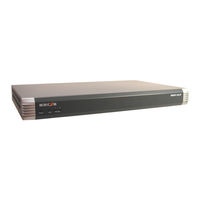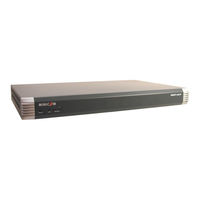Minicom Smart 232 IP Manuals
Manuals and User Guides for Minicom Smart 232 IP. We have 4 Minicom Smart 232 IP manuals available for free PDF download: User Manual, Quick Start Manual
Advertisement
Minicom Smart 232 IP User Manual (50 pages)
Minicom Advanced Systems Switch User Manual
Table of Contents
Advertisement
Advertisement



